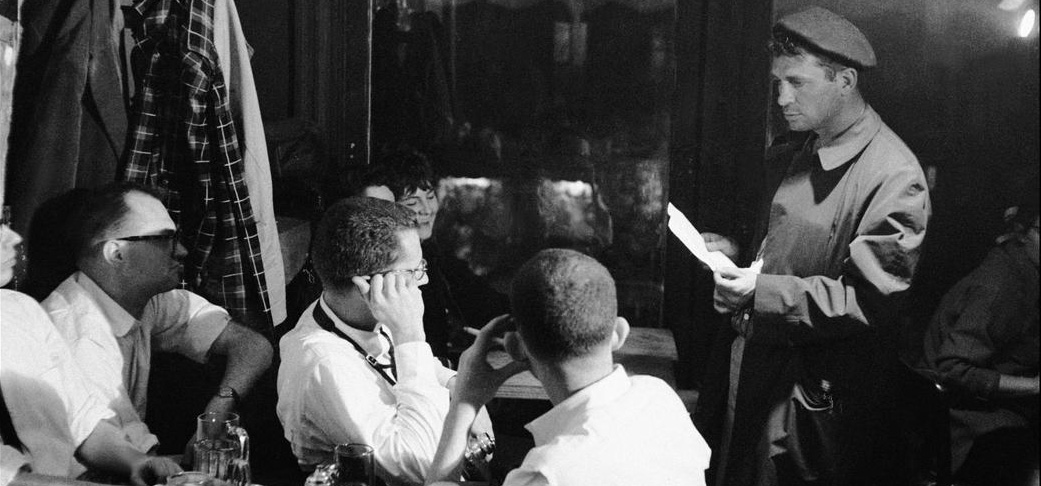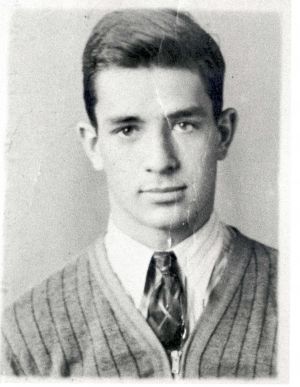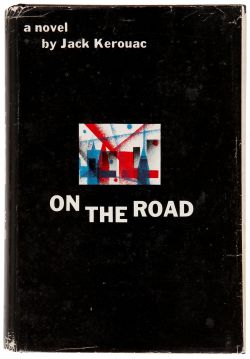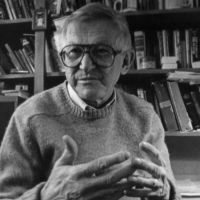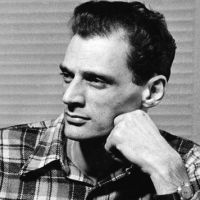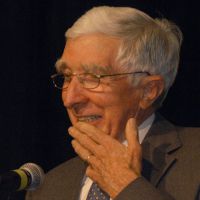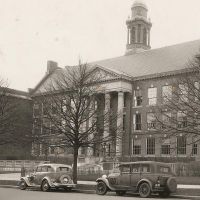Primary Source
JACK KEROUAC, NOVELIST, DEAD; FATHER OF THE BEAT GENERATION
AUTHOR OF "ON THE ROAD" WAS HERO TO YOUTH – REJECTED MIDDLE CLASS VALUES
Jack Kerouac was born in Lowell, Mass., on March 12, 1922, the son of a French-Canadian printer. He spoke French before he spoke English and still had an accent when he made up his mind while still in high school to be a major American writer. But it was as a football player, a fast, agile fullback, that he first won any kind of recognition. In 1939 he entered Horace Mann School in the Riverdale section of the Bronx, with the promise of a football scholarship to Columbia University if he could prove himself academically. His football career ended in spring practice of his freshman year when the coach, Lou Little…told his young fullback to stop malingering after he was injured on a play. The injury, as Mr. Kerouac told the story, was a broken leg.
Giving up football cost him his scholarship to Columbia, but World War II would have interrupted his studies in any case. He served first in the merchant marine, then briefly in the Navy, from which he was discharged as a "schizoid personality." It was immediately after the war that he had the experiences that shaped him decisively as a writer. He returned to New York and became close to Allen Ginsberg, then a Columbia undergraduate, and William Burroughs, the scion of a wealthy St. Louise family. Mr. Kerouac was later to give them the titles of their best-known works – "Howl" and "Naked Lunch."
New York Times, October 22, 1969


